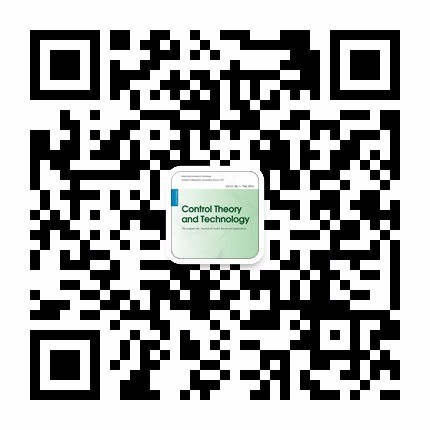| 摘要: |
| Fault diagnosis is essential for the normal and safe operation of dynamic systems. To improve the spatial resolution among multiple channels and the discriminability among categories of the original data collected from actual operating equipments and to further achieve high diagnostic accuracy, this paper proposes a method for fault diagnosis by cascaded space projection (CSP) and a convolutional neural network (CNN) model. First, one of every kind of sample is selected from the original data to calculate the PCA transformation matrices. Second, the original data are expanded to 10 dimensions by the W2C projection matrix provided by Google-image searching, which is the main part of CSP. Third, the ten-dimensional matrix is multiplied by the PCA transformation matrix, which corresponds to its fault type, to make the data more representative by reducing unnecessary dimensions. Finally, the processed data are converted into images to input into a CNN, the backbone structure for fault diagnosis. To verify the effectiveness and reliability of the proposed method, the Case Western Reserve University (CWRU) and Xi’an Jiaotong University (XJTU-SY) rolling bearing datasets are used to perform experiments. Comparison with other methods is carried out to show the superiority of the proposed method. The experimental results demonstrate that the method proposed in this paper can effectively achieve 100% accuracy. |
| 关键词: Color names · Fault diagnosis · Principal component analysis · CNN |
| DOI:https://doi.org/10.1007/s11768-022-00084-0 |
|
| 基金项目:This work was supported by the National Natural Science Foundation of China (Nos. 61973105, 61573130, U1504506), the Fundamental Research Funds for the Universities of Henan Province (No. NSFRF200504), the Key Technologies R&D Program of Henan Province of China (Nos. 212102210145, 212102210197, 192102210073), the Foundation for University Key Teachers from Henan Province of China (No. 2017GGJS051), and the Fundamental Research Funds for the Universities of Henan Province (No. NSFRF200310). |
|
| Bearing fault diagnosis with cascaded space projection and a CNN |
| Yunji Zhao,Menglin Zhou,Li Wang,Xiaozhuo Xu,Nannan Zhang |
| (Henan Polytechnic University) |
| Abstract: |
| Fault diagnosis is essential for the normal and safe operation of dynamic systems. To improve the spatial resolution among multiple channels and the discriminability among categories of the original data collected from actual operating equipments and to further achieve high diagnostic accuracy, this paper proposes a method for fault diagnosis by cascaded space projection (CSP) and a convolutional neural network (CNN) model. First, one of every kind of sample is selected from the original data to calculate the PCA transformation matrices. Second, the original data are expanded to 10 dimensions by the W2C projection matrix provided by Google-image searching, which is the main part of CSP. Third, the ten-dimensional matrix is multiplied by the PCA transformation matrix, which corresponds to its fault type, to make the data more representative by reducing unnecessary dimensions. Finally, the processed data are converted into images to input into a CNN, the backbone structure for fault diagnosis. To verify the effectiveness and reliability of the proposed method, the Case Western Reserve University (CWRU) and Xi’an Jiaotong University (XJTU-SY) rolling bearing datasets are used to perform experiments. Comparison with other methods is carried out to show the superiority of the proposed method. The experimental results demonstrate that the method proposed in this paper can effectively achieve 100% accuracy. |
| Key words: Color names · Fault diagnosis · Principal component analysis · CNN |

